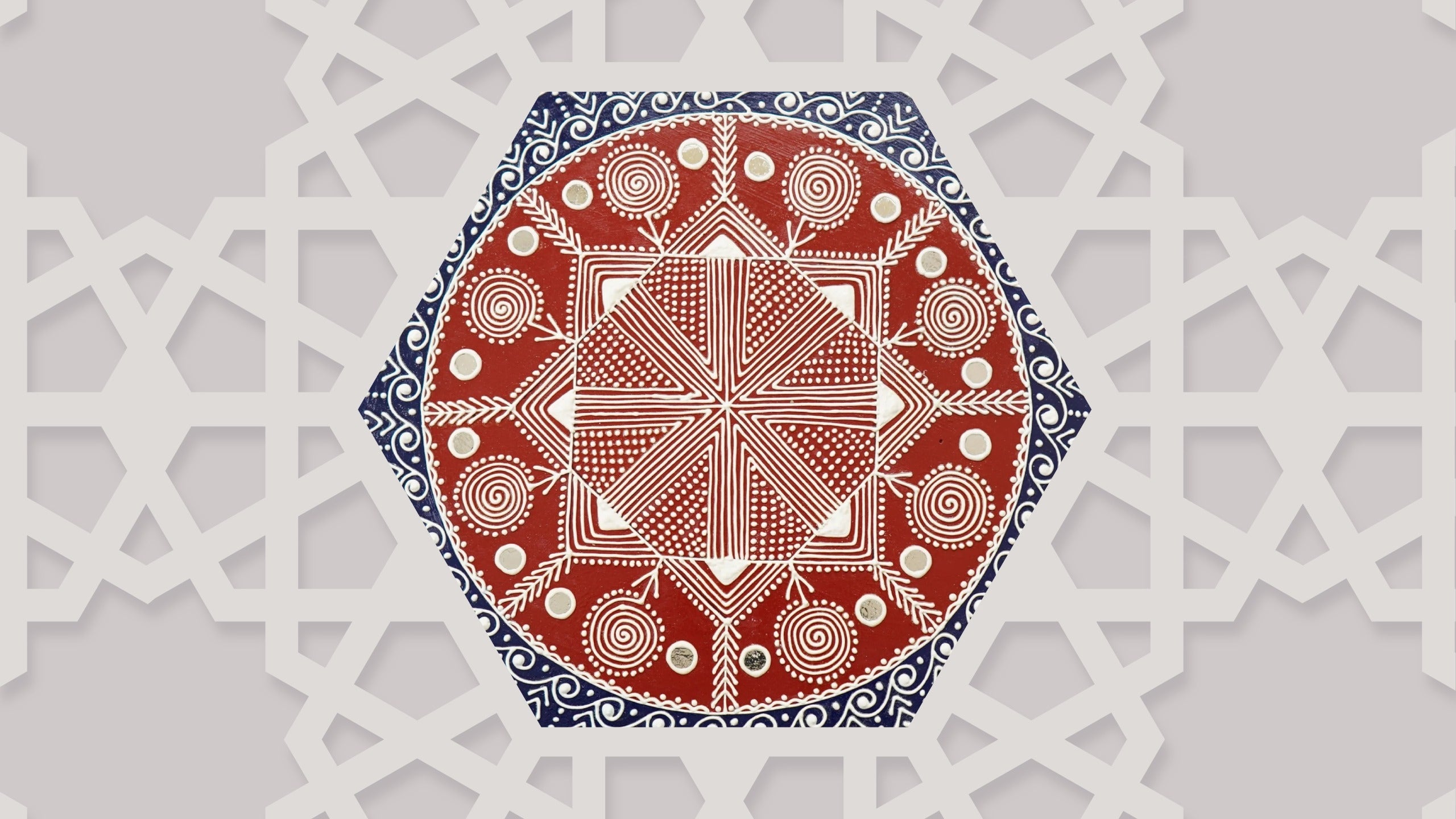Capturing Tradition: Exploring the Beauty of Mandana Art

Introduction
India is the birthplace of countless art traditions and creative pursuits. One such style of indigenous Indian artwork is Mandana art. The term is derived from the Sanskrit word "Mand," meaning beauty. Originating in Rajasthan and steadily flourishing in parts of Gujrat and Madhya Pradesh, Mandana is a classical wall painting style primarily practiced by women. This variety of decorative folk art forms is usually used to adorn the walls and floors of traditional Indian mud houses. They are believed to bring blessings from the gods and celebrate significant occasions like birth, weddings, and harvest. Mandana uses natural supplies like lime, chalk, and ochre, which are drawn to present various cultural and religious themes. Over the centuries, such rural wall painting traditions have evolved into widely loved forms of décor and art styles, and yet, they still manage to retain their original traditional features.
The Art of Mandana Drawing: Techniques and Styles
Mandana art drawings are usually done on a surface prepped by smearing a combination of cow dung and mud. This technique smoothens the surface and symbolizes purity and fertility. The brushes used were bamboo sticks and tufts of hair. They are then dipped in lime chalk and used to create stunning and vibrant designs, creating contrasts between red, brown, and white. The folk designs can range from geometric shapes and dotted lines to even free-hand creations. The designs may even vary depending on their region. For example, Rajasthan sees much more elaborate, intricate, and vibrant Mandana drawings of animals and cultural themes than Gujrat, where the art style is minimal and adorned with everyday motifs.

Mandana Art Design: Symbolism and Aesthetics
Mandana art design is a pattern in the traditional art form, with motifs drawn to bring spiritual blessings of healthy prosperity and protection to the home. Peacocks are drawn for prosperity, Tigers for strength, and lotuses for enlightenment. Creative geometric figures are intended to bring harmony and order. Swastikas are believed to get the overall well-being of all family members. Modern interior designers use this art design to replace tribal art forms to create magnificent pieces of furniture, wall murals, textile prints, and even architecture. It brings a traditional and calming ambiance to any living space.
Traditional Wall Art: Mandana's Enduring Legacy
Decorative artworks in Indian homes are never limited to the aesthetics they bring to the space. Instead, their use of this traditional wall art is always tied to its spiritual, symbolic, and cultural significance, both in the art style and design. As a traditional wall art, the Mandana serves as a vessel for the owner's spiritual beliefs, personal artistic expressions, and even values inherited through generations. In rural settings, however, this traditional wall art evokes divine blessings, protection from the evil eye, and a budget-friendly style of decorative folk art form. It is also used as an educational tool to impart cultural stories and values, and at other times, it is a community engagement drawing practice among women.
Exploring Mandana Painting: From Ritual to Artistic Expression
While Mandana is traditionally seen on floors and walls, Mandana paintings, on the other hand, utilize a change of surface and painting supplies and instead use a usual canvas cloth or paper to paint on using more modern and industrial paints. They, however, follow the same design motifs and are called Mandana. This change permits artists a fresh range of artistic creativity and allows them to even include modern art techniques and new design styles. Many great Mandana painting artists have seized this opportunity and made their mark in this field. Padma Shri awardee Ganga Devi, a famous and loved Madhubani painter, has also extensively worked in Mandana designs. Another Padma Shri awardee, Bhuri Bai, has combined traditional and modern artistic creativity with Mandana paintings, showcasing her talent in art galleries across the globe.
Handcrafted Mandana Art: Honoring Tradition Through Artisanal Craftsmanship
The folk process of making handcrafted mandala art included painting with fingers, bamboo sticks, and homemade brushes. Each home, therefore, reflects the personal style and preferences of its members. These rural art painting traditions are sustained by the women Mandana artists of Kota and Sawai Madhopur, who continue to combine the art with the regional history and cultural heritage. Handcrafted Mandana art, therefore, has to face its share of hardships at times. The rapid urbanization of mass-produced minimalism can put pressure on an economic crisis and cultural shifts on these artists.

Reviving Mandana Art: Contemporary Trends and Innovations
In such possible shifts, Mandana craftsmen manage to retain their hold on Mandana lovers even today by not only incorporating modern aesthetics in their artworks but also ensuring that the creative gap between urban and rural artists is bridged to make sure that such indigenous Indian artworks and their techniques are not lost to time. Such bridging usually results in a magnificent merging of the Mandana art as décor in modern living spaces and interior design patterns.
Conclusion
Mandana art and other rural wall painting traditions continue to make their mark on the world as emblems of India's mastery of a wide range of traditional art legacies. The vibrant colors and symbolic significance behind these make each of them unique. To explore such masterpieces, look at our carefully curated Mandana crafts and paintings collection. It is one of the best ways to support local artisans and continue the traditional tribal art forms of carrying the cultural arts into the modern world.

